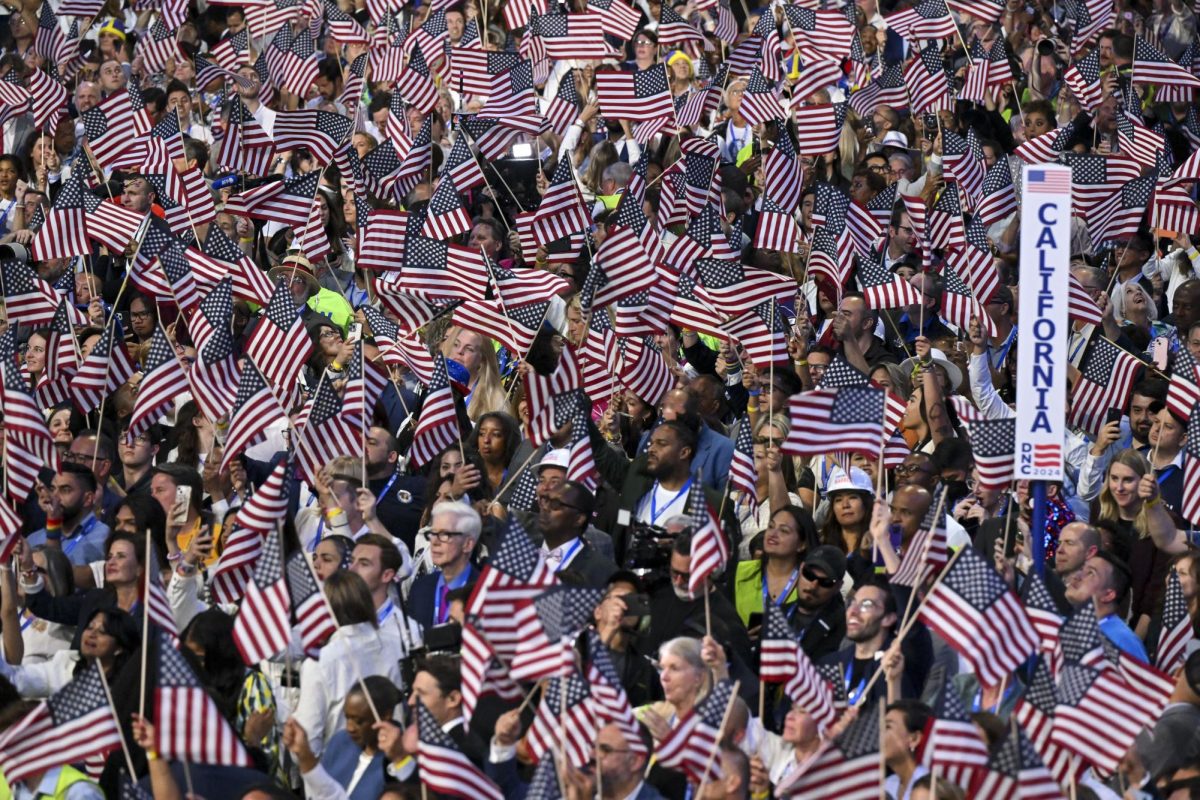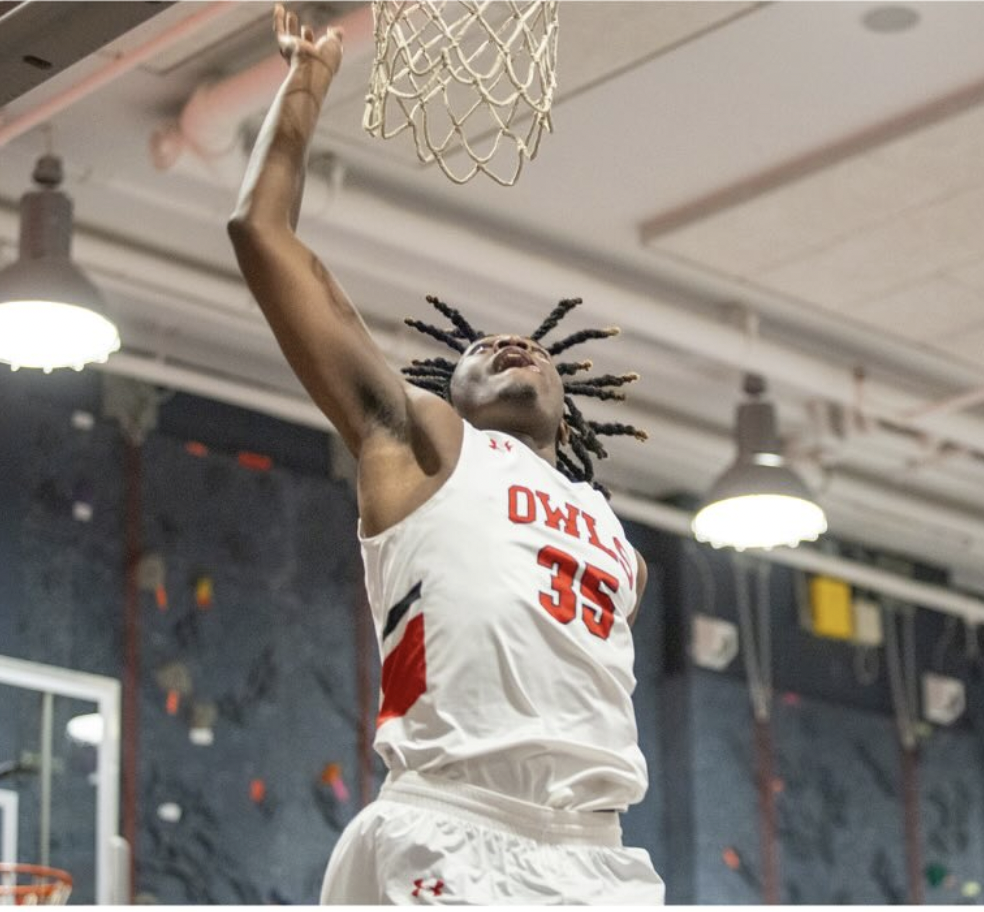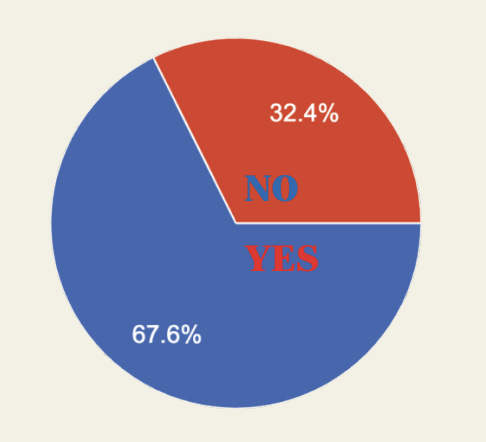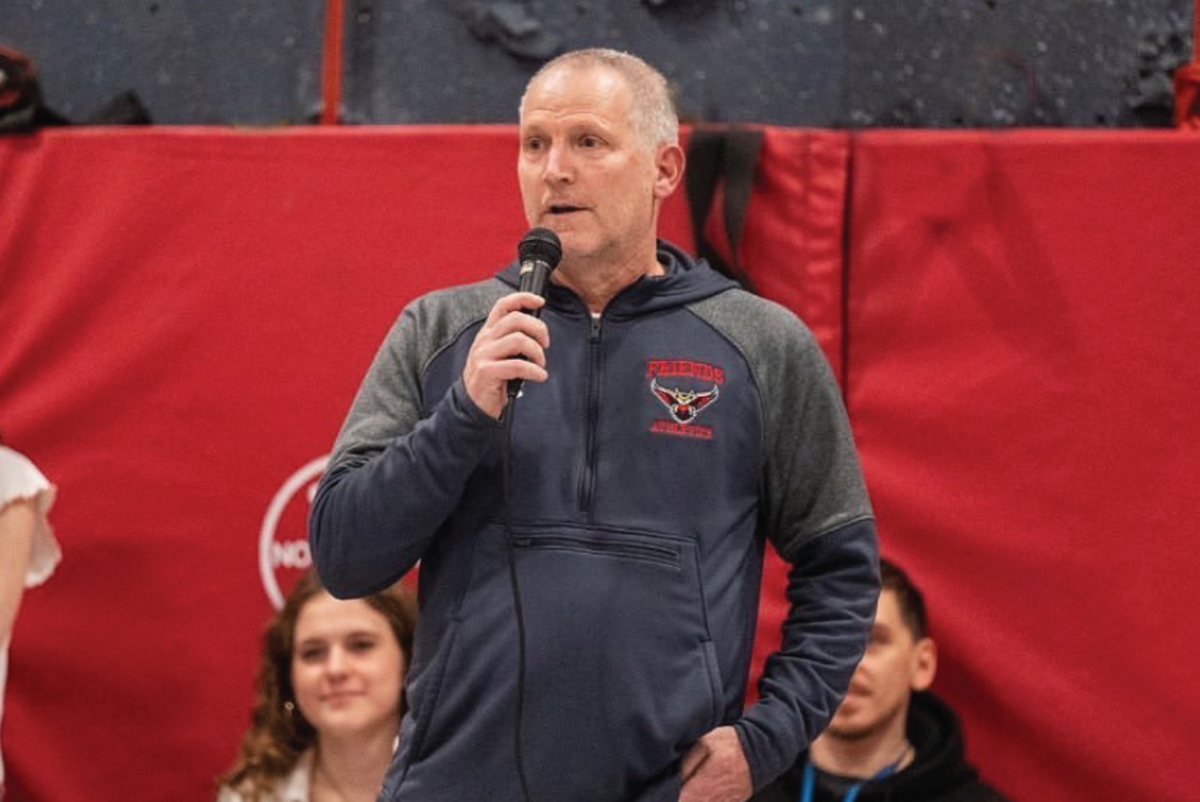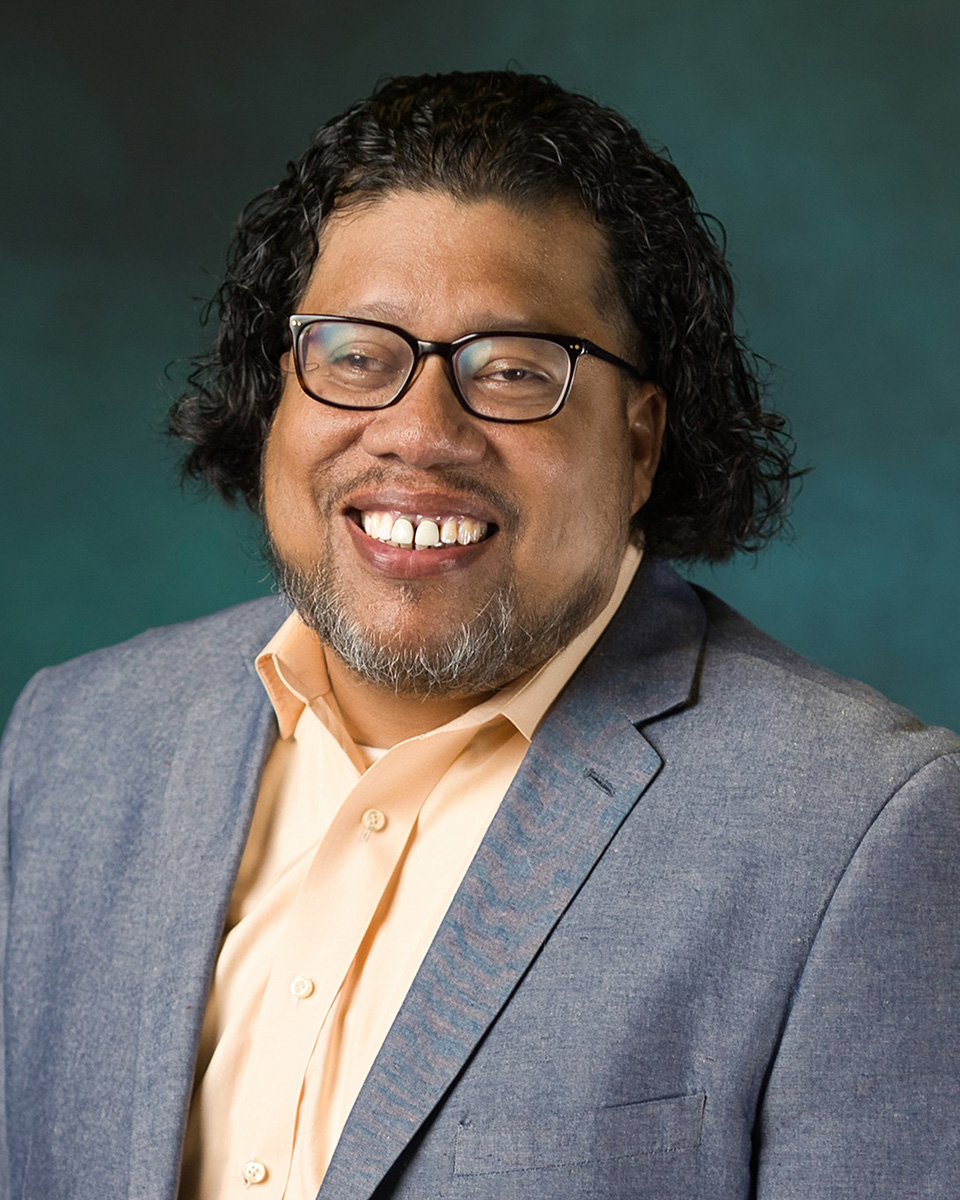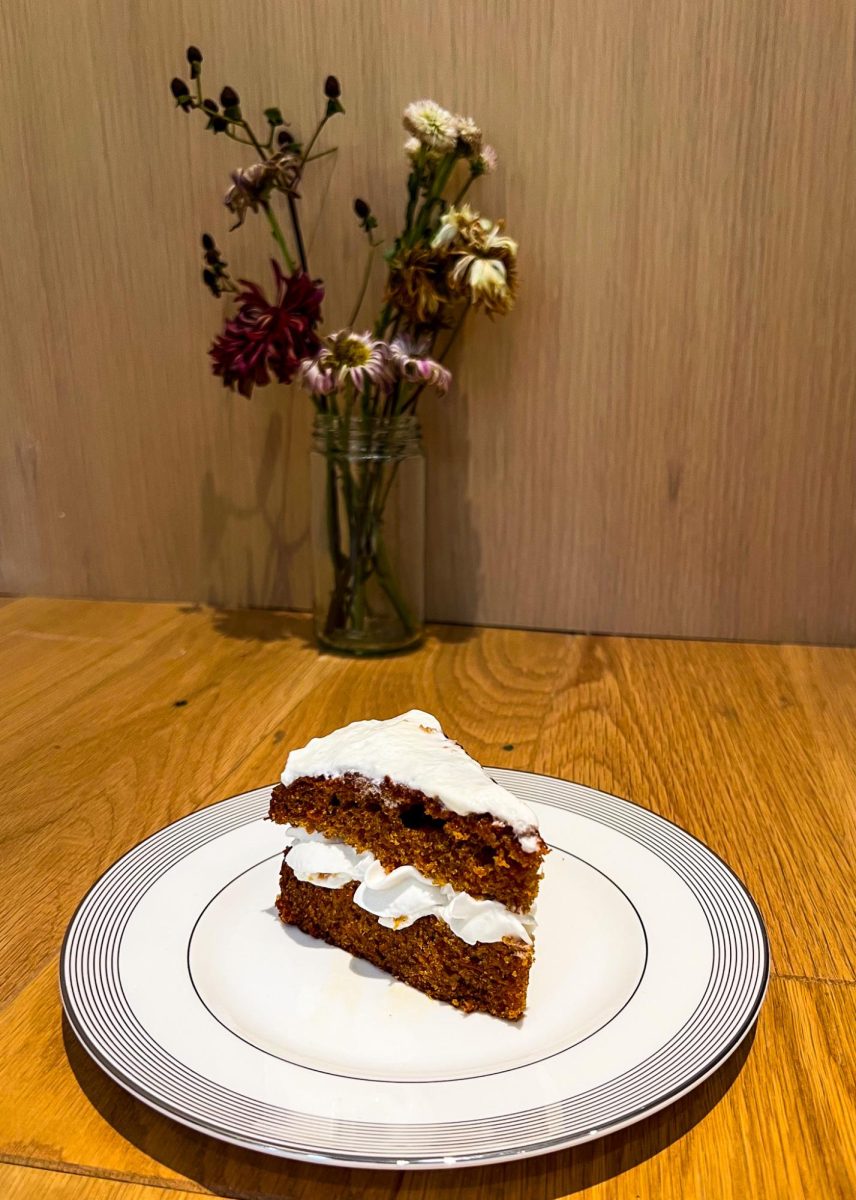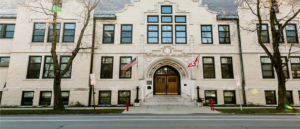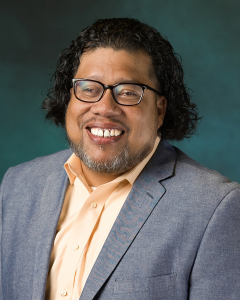Greenberg: “Psycho” Review
December 10, 2021
In honor of Halloween season, I figured I would write my first movie review for The Insight about the most influential horror movie to play on the silver screen. In 1960, Alfred Hitchcock’s “Psycho” shocked the nation upon its release. “Psycho” can be credited with popularizing the horror movie trope that we all know and love: the jump scare. The film’s famous shower scene caused theatergoers to scream, cry, and even faint in their seats.
“Psycho” follows real estate clerk Marion Crane, played by Janet Leigh, as she finds herself on the run with $40,000 worth of stolen money. She ends up at the eerie Bates Motel, operated by manager Norman Bates, who is played by Anthony Perkins. Norman appears to be a sweet, kindhearted mama’s boy, but as the movie progresses, he begins to show his true colors. Perkins was the first to master what is now known as the “Kubrick stare,” where the antagonist tilts their head down, lifts their eyes up, and smiles into the camera, representing their ultimate descent into madness and derangement. Perkins’ use of the stare leaves audiences with one of the most chilling final frames in movie history. While Perkins’ legendary performance may have been the most memorable of the film, Janet Leigh perfected her role as well. Even though her screen time was cut short by Bates’ knife, Leigh makes the most out of every moment.
“Psycho” is scored by the great composer Bernard Hermann, who most notably scored movies such as Citizen Kane, Vertigo, and Taxi Driver. The iconic screeching strings emphasize the horror of the Bates Motel. Director of Photography John L. Russell used angled front lights to give the movie a shadowy and mysterious atmosphere. “Psycho” is rife with symbolism and Hitchcock also uses religious paintings and props to symbolize Norman’s attraction to Marion. He even positions a taxidermied owl in the center of the frame, so that it faces the camera, symbolizing Norman’s predatorial thoughts, and foreshadowing what is to come in the near future.
“Psycho” explores the inner workings and frailties of the human mind. Hitchcock invites the audience to question the motivations of the characters’ actions. Why is Marion motivated to embezzle money? Why is Norman Bates so protective of his mother? Why is Norman’s motel adorned with such strange and dark artwork? The answers aren’t as simple as you might think. That is what makes “Psycho” one of the most gripping and shocking movies ever made.
“Psycho” is Hitchcock’s follow up film to his 1959 chase thriller, “North by Northwest”. Hitchcock had some pretty big shoes to fill with “Psycho,” and despite how great “North by Northwest” is, I still believe that “Psycho” is Hitchcock’s masterpiece. However, it was not expected to have such a strong impact on audiences. Hitchcock planned to break all the rules of storytelling, and Paramount Pictures believed that “Psycho” would be a massive flop. The lead actors even took pay cuts to star in the movie. “Psycho” proved Paramount wrong and brought in a whopping $50 million dollars from the United States box office, which is pretty impressive considering the movie only cost $800,000 dollars to make.
The Village East Cinema did a “Hitchcocktober” run last month. I hope that you will be able to see the “Psycho” screening on Halloween day next year. If you cannot wait until then, you can stream the movie on Showtime, or rent it on Prime Video. “Psycho” holds up to this day, and hopefully its greatness will live on. It is an essential film for all horror movie lovers.



